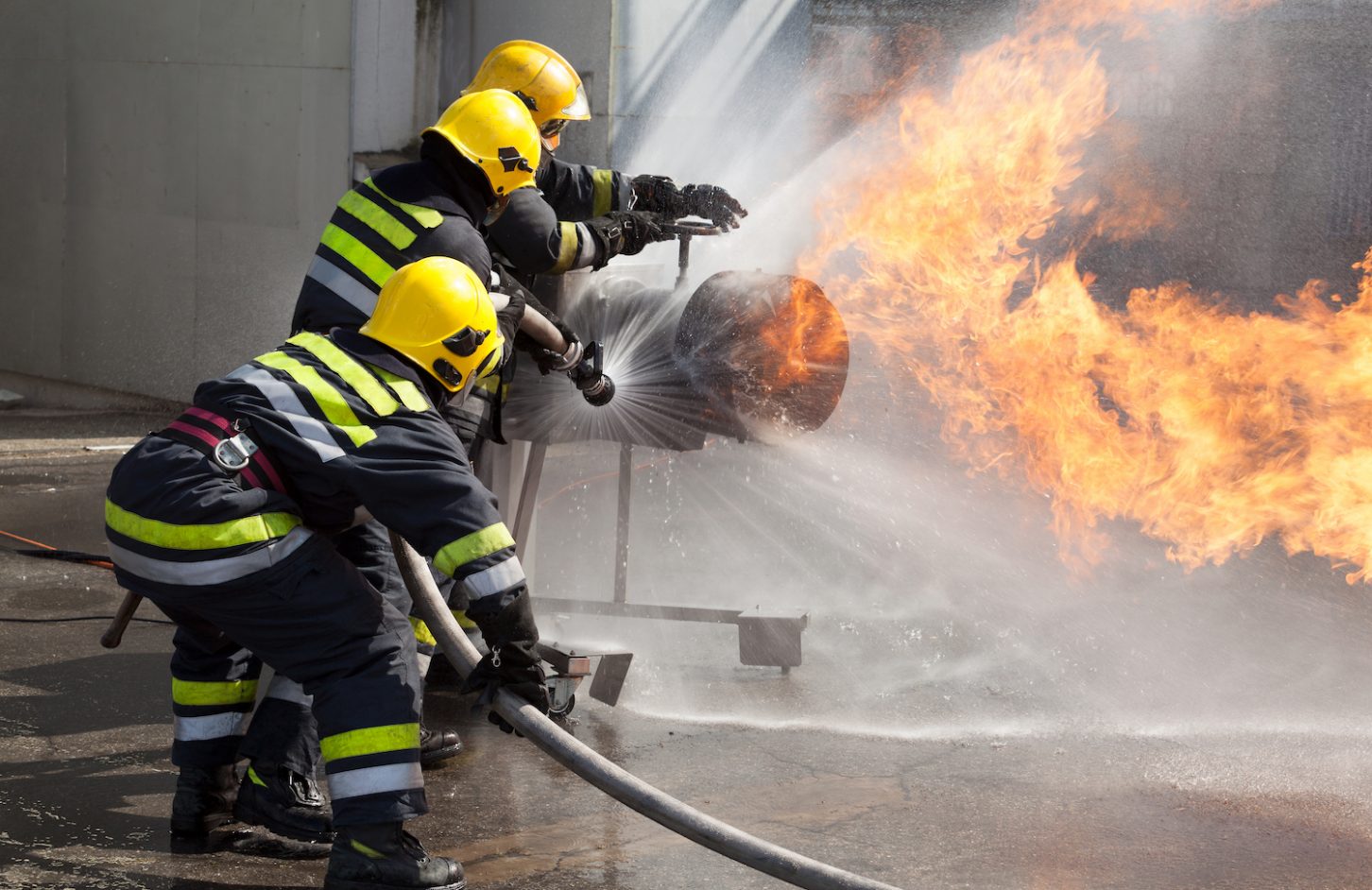Ben Dowding, co-founder of Taylor Dowding Innovation explains how startup technology is disrupting the firefighting industry.
When I was at school, to be thought of as a disruptive influence usually meant detention and extra homework.
Thankfully today, to be disruptive is to be at the head of the class, leading the way down a path that has yet to be explored.
In technology, if you’re not trying to be disruptive, you’re not trying at all.
In the consumer and enterprise world, disruptive technologies are changing the way we work and communicate, but in so many other ways they are saving our lives.
If you were to pick one branch of disruptive technology in today’s world, wearable technology would be a good start.
Wearable tech is often a great example of a situation where an engineer has approached a question (perhaps one that hasn’t even been asked) in a novel way.
In many cases the objective of that technology isn’t necessarily simply to solve a problem, but to solve a problem in a new and more accessible way.
Wearables are about taking technology and making it available to a user at any moment with a minimum impact on daily life.
In so many ways the best examples of disruptive technologies are ones which adopt a straightforward approach to make an existing piece of technology better.
It sounds simple, but the hardest problems always do.
Are disruptive technologies saving our lives?
Well let’s hope you never have to find out in real life, but firefighting would be a great example.
Given enough time, humans can adapt to almost any environment, but without technology the environments and smoke filled infernos that firefighters face on a daily basis could never be approached.
Believe it or not, one of the earliest examples of firefighting technology was a water pump in 2nd century Egypt.
Skipping ahead a few centuries, the creation of hi-tech fabrics and self-contained breathing apparatus (SCBA) actually allow brave men and women to enter these perilous environments with some degree of safety.
It’s fair to say that wearable technology is vital to modern day firefighting. However, as the pace of innovation increases in electronics, the firefighting market also proves to be the ultimate test of new disruptive technologies.
The peril faced by firefighters isn’t eliminated with such technologies, at best it simply makes entering a burning building possible. Once in these environments, a firefighter needs to assess the environment, locate victims and identify a safe route to safety. In a smoke filled room with near zero visibility, this is practically impossible.
For the last twenty years, firefighters have used handheld thermal imaging cameras to navigate through perilous smoke filled environments.
These handheld devices allow emergency service personnel to locate victims and avoid areas of extreme heat, which may potentially ignite.
However, this life-saving technology has a drawback. Being handheld means that its use naturally inhibits the use of one hand and slows the ability to react. While manufacturers have spent two decades refining and updating their products, ultimately, no one had thought to remove its biggest design flaw. So the task becomes how to adapt the technology without compromising its effectiveness.
The solution is that you explore how new technology advancements from other sectors can be applied and incorporated into the SCBA kit firefighters are already using.
Advancements in micro-displays, wireless technology and miniaturisation have been utilised in the consumer, industrial sectors and defence sectors, but until recently they have not been applied to emergency services. Why is this?
Today, many large technology businesses recognise that collaborating with driven technology startups offers the best opportunity for innovation.
Disruptive technology stems from collaboration, taking new ideas from different companies and combining them to create something truly revolutionary.
Turning weaknesses into strengths
As a startup you need to turn your weaknesses into strengths. We are often small, but that also makes us agile and committed.
Large businesses are often used to getting their way, but they’re often surprised by what a small team of experts can achieve.
In my experience this is because the mentality of a tech startup is radically different to their larger counterparts.
We don’t have the luxury to take our time when it comes to innovation and we can’t rely on throwing money at a problem.
Instead, innovative startups need to be brave and challenge themselves to approach the problem from a different perspective.
Disruptive technology requires a disruptive approach.

